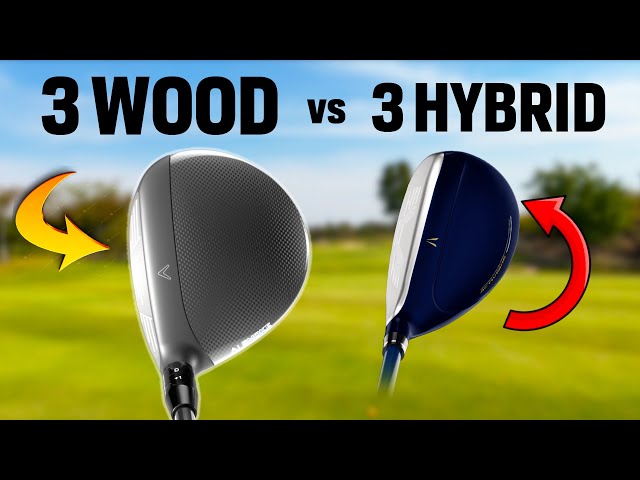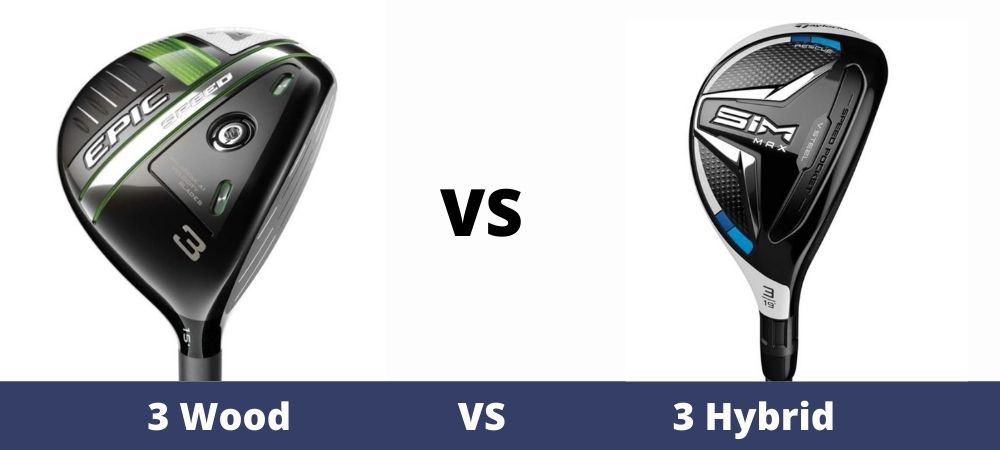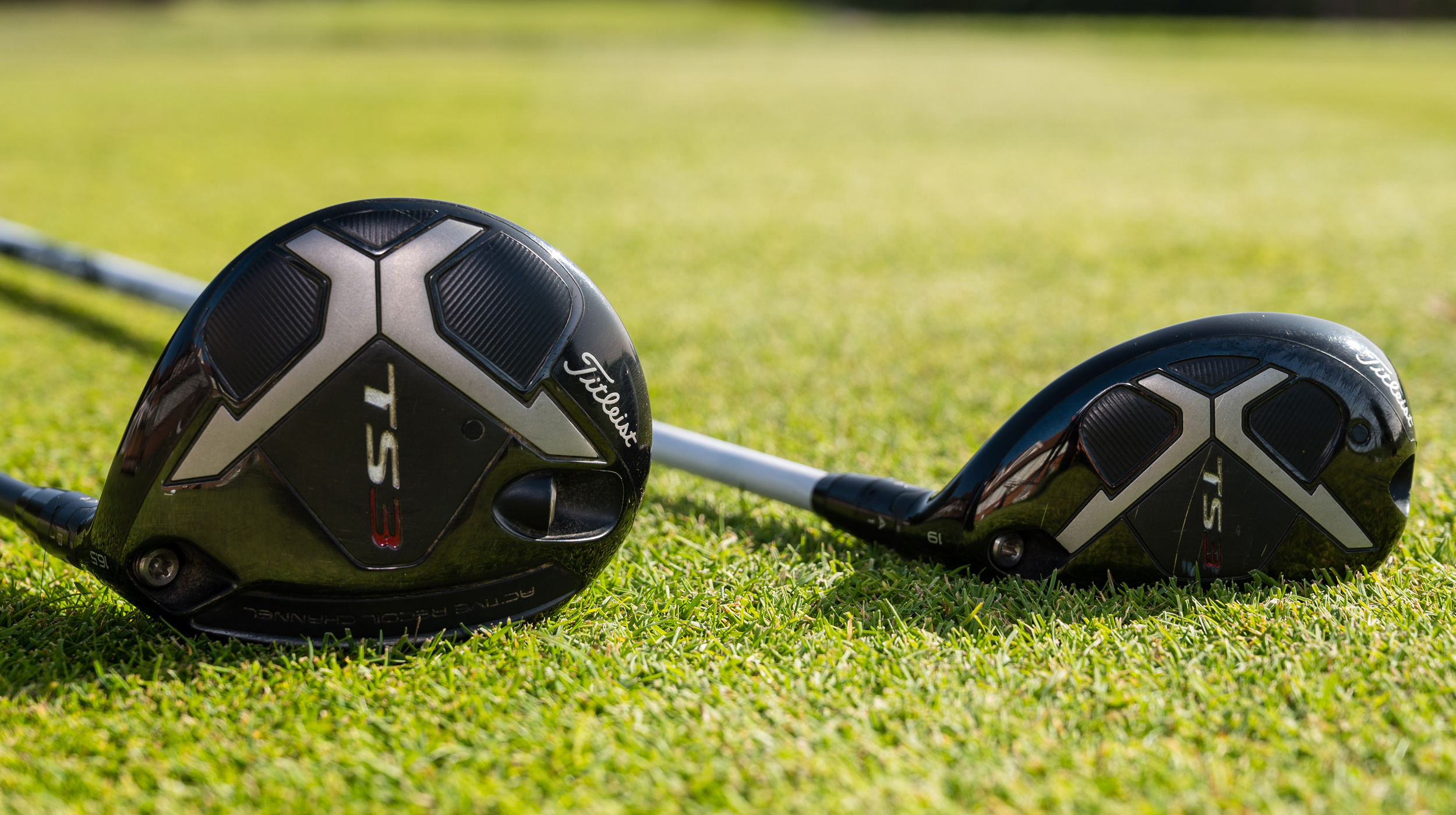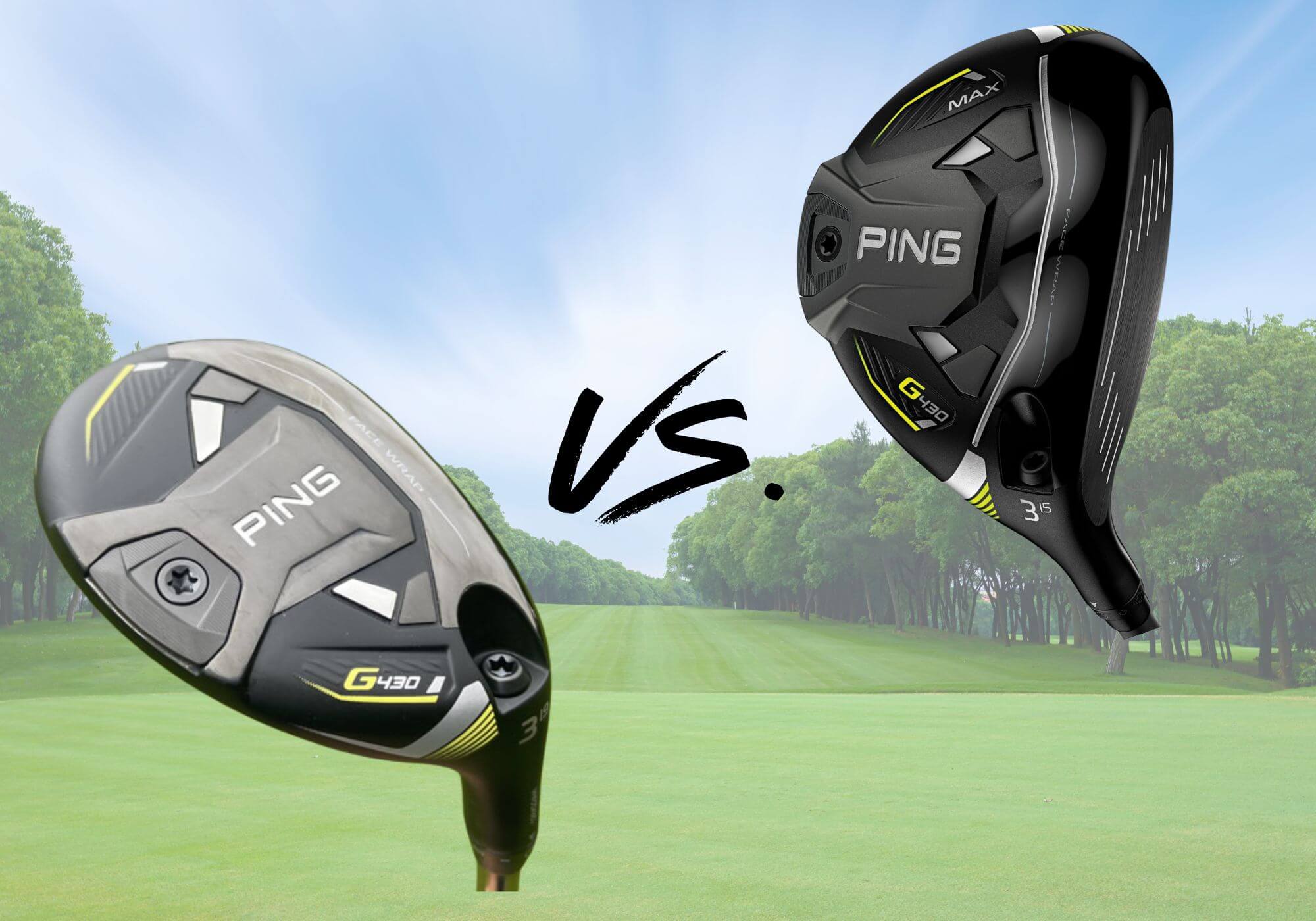|
Getting your Trinity Audio player ready...
|
Choosing between a 3-wood and a 3-hybrid is a pivotal decision for golfers aiming to elevate their performance. Each club offers distinct advantages, impacting distance, accuracy, and versatility on the course. This comprehensive guide dissects the 3-wood and 3-hybrid, providing insights to help you select the right club for your game. Whether you prioritize power or precision, this analysis will empower you to make an informed choice.
Through a detailed comparison of design, functionality, and strategic applications, we’ll explore how these clubs perform in various scenarios. Let’s dive into the ultimate showdown to determine which club deserves a spot in your bag.
Decoding Club Design: The Foundation of Performance
The 3-wood features a larger clubhead and a longer shaft, typically ranging from 43 to 45 inches. Its low center of gravity and expansive sweet spot promote long, high-launching shots, making it ideal for distance-driven players. The club’s design supports a sweeping swing, delivering powerful drives from the tee or fairway while offering forgiveness on off-center strikes.
In contrast, the 3-hybrid blends iron and wood characteristics, with a compact head and a shorter shaft, usually around 40 to 41 inches. Its higher loft, ranging from 19 to 22 degrees, facilitates precise, elevated shots. This design excels in navigating challenging lies, providing golfers with a versatile tool for diverse course conditions.
Power Play: Comparing Distance Capabilities
When it comes to distance, the 3-wood often takes the lead. Its lower loft (13 to 16 degrees) and longer shaft generate higher clubhead speeds, propelling the ball 220 to 260 yards. Golfers targeting long par-5s or needing extra carry off the tee rely on the 3-wood’s raw power to maximize yardage.
However, the 3-hybrid delivers consistent distances of 180 to 220 yards, prioritizing control over maximum distance. Its shorter shaft enhances swing consistency, making it ideal for players who value accuracy. While it may not match the 3-wood’s yardage, the hybrid’s reliability makes it a strong choice for strategic play.
Versatility Unleashed: Tackling Diverse Lies
The 3-hybrid’s compact design and higher loft make it a versatile weapon for challenging situations. It cuts through rough, handles tight fairways, and performs well in bunkers or uneven terrain. Golfers often turn to the 3-hybrid for approach shots requiring precision and spin, ensuring the ball stops quickly on the green.
Conversely, the 3-wood excels in open spaces, such as wide fairways or tee shots. Its larger head and lower loft struggle in thick rough or confined lies, where control is critical. However, for long approach shots or open courses, the 3-wood’s power and forgiveness make it a valuable asset.
Swing Mechanics: Control vs. Complexity
Swinging a 3-wood requires a sweeping motion similar to a driver, demanding precise timing and higher swing speeds. Its longer shaft can challenge less experienced golfers, but skilled players harness its potential for explosive, long-distance shots. The 3-wood rewards confident swings, though beginners may struggle with consistency.
The 3-hybrid’s shorter shaft and iron-like feel simplify the swing, appealing to players of all skill levels. Its compact design promotes a controlled, compact motion, reducing mishits. This ease of use makes the 3-hybrid a favorite for golfers seeking reliability, especially those transitioning from irons.
Trajectory Tactics: Loft and Ball Flight Dynamics
The 3-wood’s lower loft produces a penetrating ball flight, ideal for windy conditions or long carries over hazards. This low, powerful trajectory helps golfers maximize distance and reach distant greens. However, it requires a clean strike to avoid low, skidding shots that sacrifice yardage.
The 3-hybrid’s higher loft creates a steeper, higher ball flight, perfect for soft landings on firm greens. Its elevated trajectory aids in clearing obstacles like bunkers or trees, enhancing strategic play. This makes the hybrid a versatile choice for golfers prioritizing precision and stopping power.
Forgiveness in Focus: Handling Mishits
The 3-wood’s larger clubhead offers a forgiving sweet spot, minimizing the impact of off-center hits. This design ensures decent distance and direction even on imperfect swings, making it reliable for golfers with consistent ball-striking skills. The 3-wood’s forgiveness supports players aiming for power.
While the 3-hybrid’s smaller head is slightly less forgiving, its iron-like precision compensates. It reduces the severity of mishits, particularly for players accustomed to irons. The hybrid’s ability to maintain control on off-center strikes makes it a dependable option for golfers prioritizing accuracy in high-pressure moments.
Strategic Edge: When to Wield Each Club
The 3-wood shines in scenarios demanding maximum distance, such as long par-5s or open fairways. It’s a powerful tool for setting up eagle opportunities or reaching greens in two shots. Golfers with strong swings rely on the 3-wood to dominate lengthy holes and capitalize on open layouts.
Meanwhile, the 3-hybrid’s versatility excels in tighter situations, such as fairway bunkers, doglegs, or precise approach shots. Its control and adaptability help golfers navigate challenging lies and avoid trouble. Players who prioritize course management find the 3-hybrid essential for maintaining consistency and minimizing errors.
Player Match: Who Thrives with Each Club?
The 3-wood suits golfers with higher swing speeds and a focus on distance. Low-handicap players and those comfortable with a sweeping swing favor the 3-wood for its power and forgiveness. Intermediate golfers aiming to add yardage to their game also benefit from its design.
The 3-hybrid appeals to a broader range, including mid-to-high handicappers and players with moderate swing speeds. Its ease of use and versatility make it ideal for those transitioning from irons or seeking control. Seniors and golfers with slower swings often find the 3-hybrid’s compact design boosts their confidence.
Your Bag, Your Choice: Crafting the Perfect Setup
Deciding between a 3-wood and 3-hybrid depends on your playing style, course conditions, and goals. The 3-wood offers unmatched distance and forgiveness, while the 3-hybrid provides versatility and precision. Many golfers carry both, leveraging their strengths for specific situations to create a well-rounded arsenal.
Test both clubs during practice or a fitting session to assess their fit with your swing and course demands. Consider your swing speed, preferred ball flight, and typical playing conditions. By aligning your choice with your game, you’ll build a bag that enhances performance and elevates your golfing experience.
Conclusion:
The 3-wood and 3-hybrid each bring unique strengths to the golf course, catering to different playing styles and scenarios. The 3-wood’s distance and forgiveness make it a powerhouse for long shots, while the 3-hybrid’s versatility and control excel in precision-driven situations. Your decision hinges on your swing speed, course preferences, and strategic approach to the game.
Ultimately, there’s no one-size-fits-all answer. Testing both clubs and reflecting on your game’s needs will guide you to the right choice. Whether you choose one or both, understanding their strengths ensures you’re equipped to tackle any challenge on the course with confidence.
FAQs:
- Which club is easier to hit for beginners?
The 3-hybrid is generally easier for beginners due to its shorter shaft and iron-like swing mechanics. Its compact design promotes control and reduces mishits, making it more forgiving for those still developing their swing. - Can I replace my 3-iron with a 3-hybrid?
Yes, the 3-hybrid is an excellent replacement for a 3-iron. Its higher loft and forgiving design make it easier to hit, especially from challenging lies, while offering similar distances with better control. - When should I use a 3-wood instead of a driver?
Use a 3-wood off the tee on tighter fairways or when you need more control than a driver provides. Its slightly shorter shaft and higher loft offer a balance of distance and accuracy. - Is the 3-hybrid better for approach shots to the green?
The 3-hybrid is often preferred for approach shots due to its higher trajectory and spin, which help the ball stop quickly on the green. It’s particularly effective for longer approaches or shots from rough. - Should I carry both a 3-wood and a 3-hybrid?
Carrying both is a smart choice for many golfers. The 3-wood handles long, open shots, while the 3-hybrid tackles precise, challenging lies. This combination maximizes versatility and course coverage.







